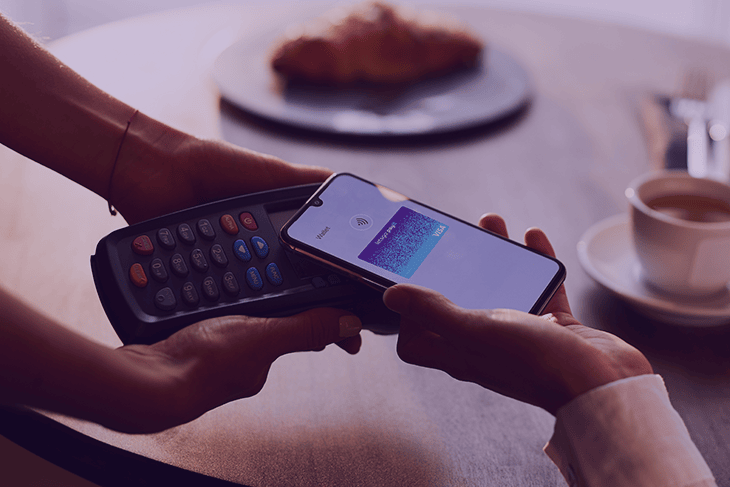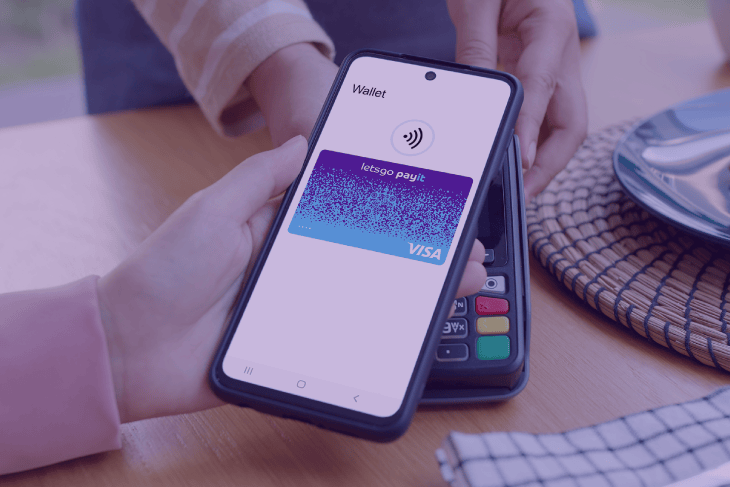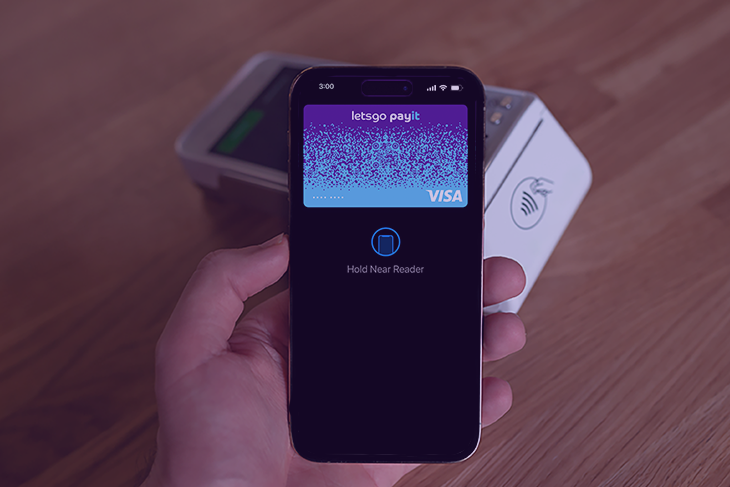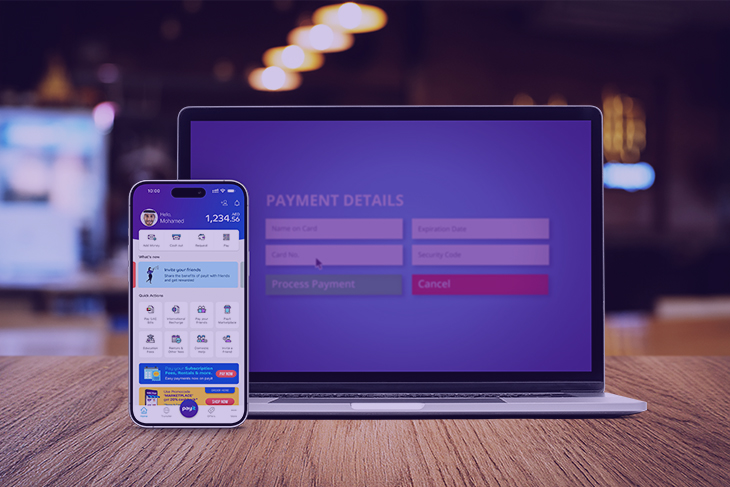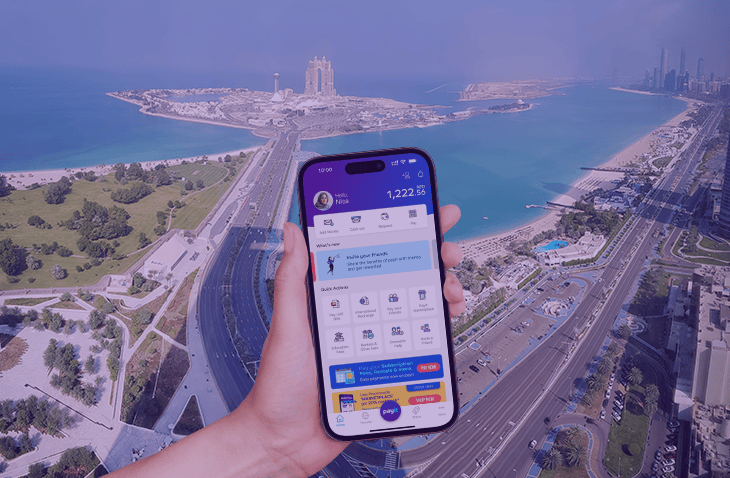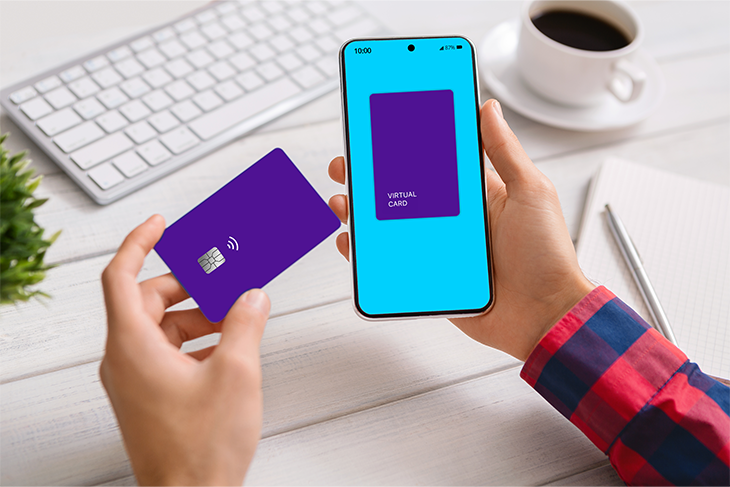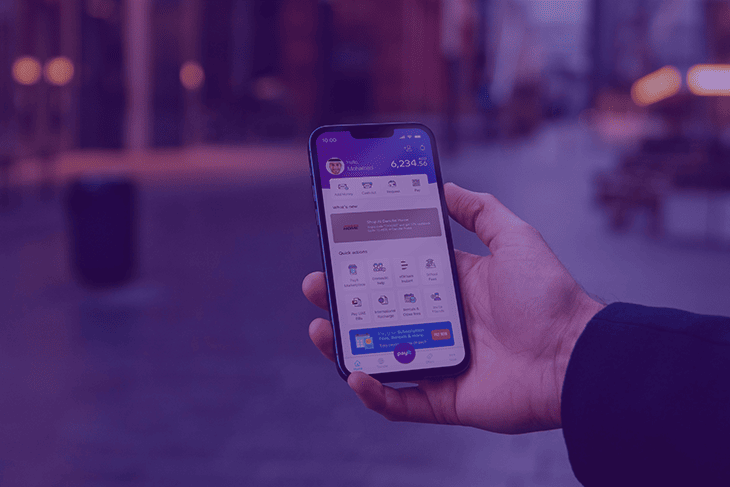-
-
December 02, 2022
-
No Comments
- 4:00 minuets read
As per the survey conducted by Visa, 82% of small and medium business owners responded to using more digital payment options, including mobile wallets, to offer their customers simple and secure payment methods.
In fact, nearly 60% of these small business owners replied they would only use digital wallets to accept payments. However, this shift in trends has primarily occurred among large businesses that have the means to provide customers with various payment options.
So, let’s dive deep into what mobile wallets are and how they help you grow your small business.

